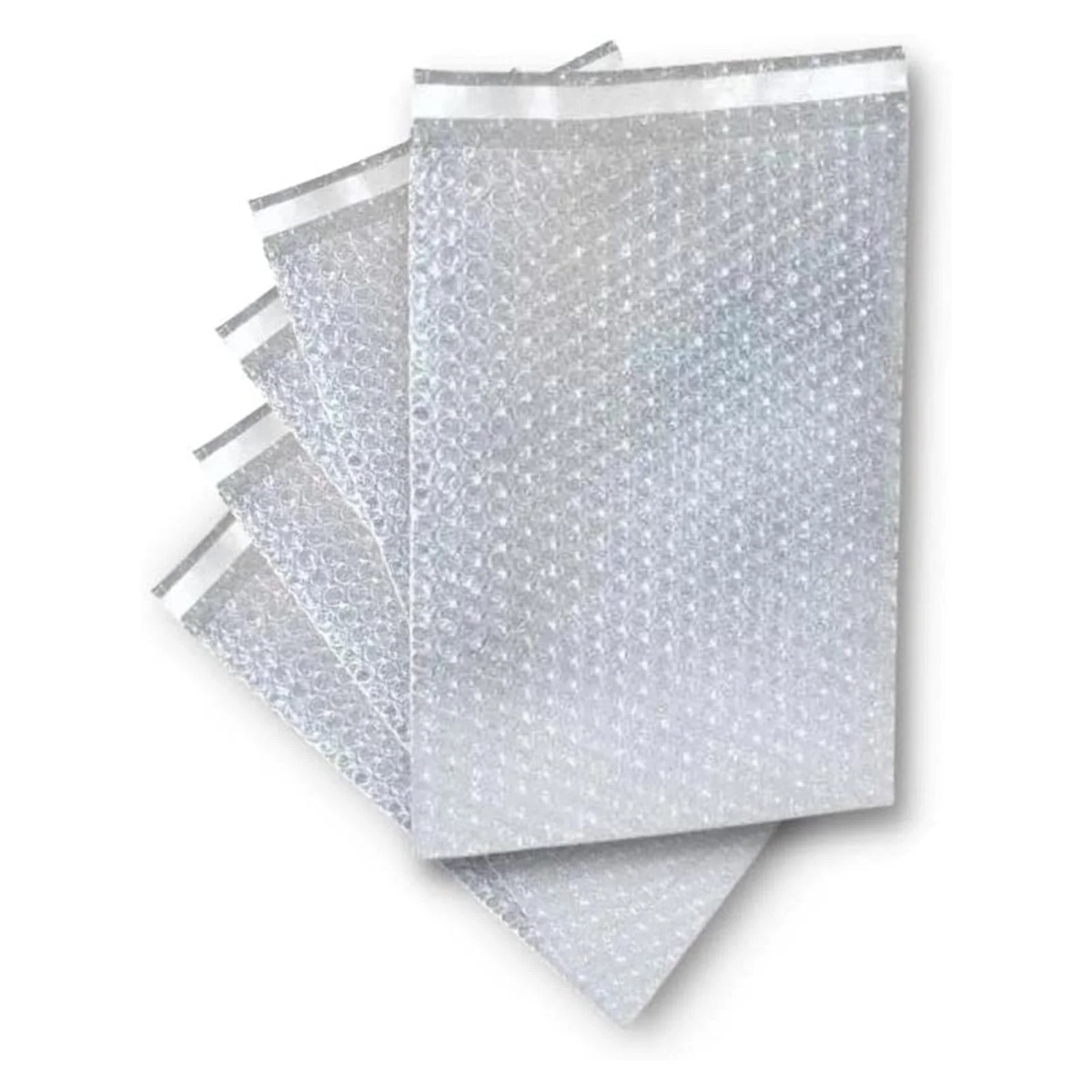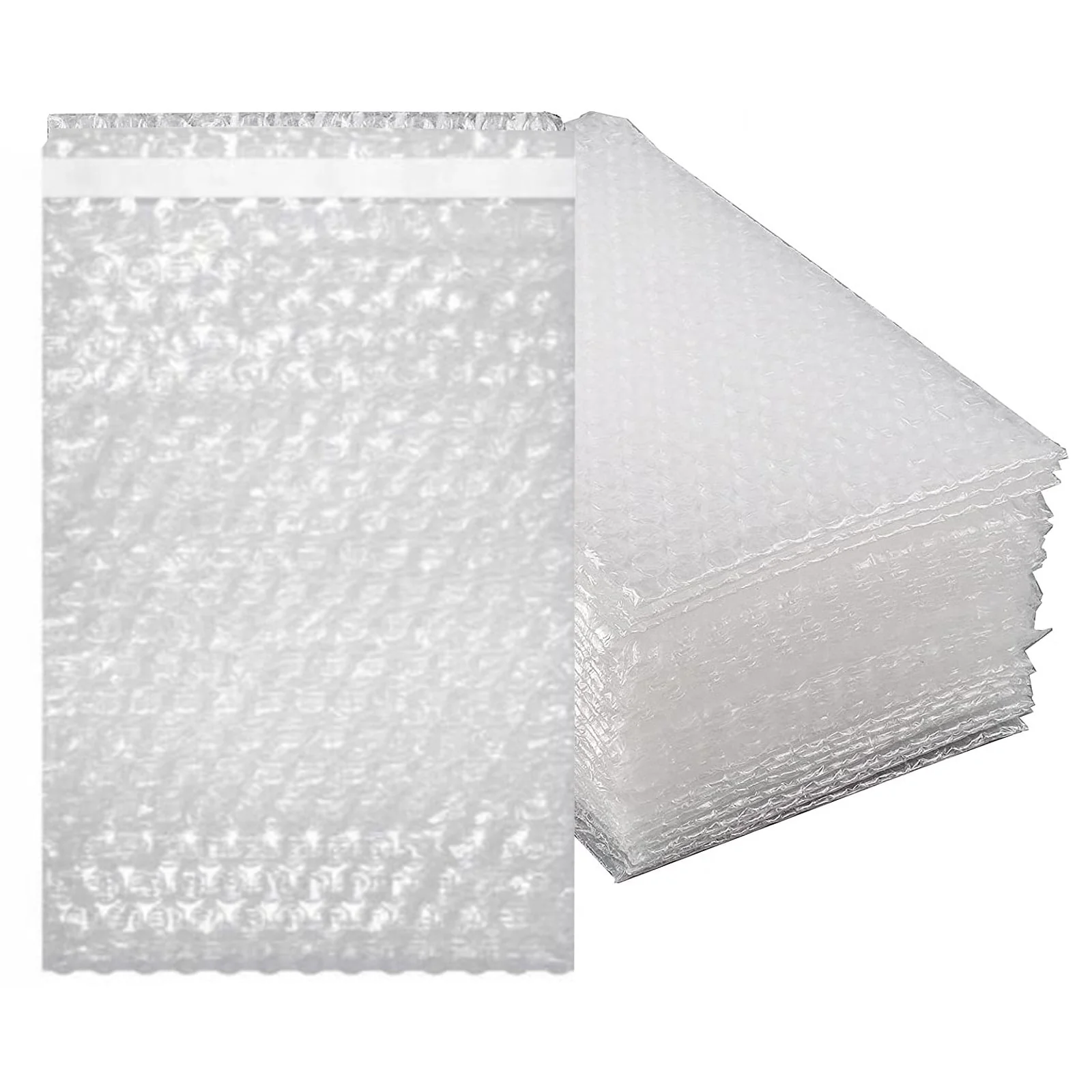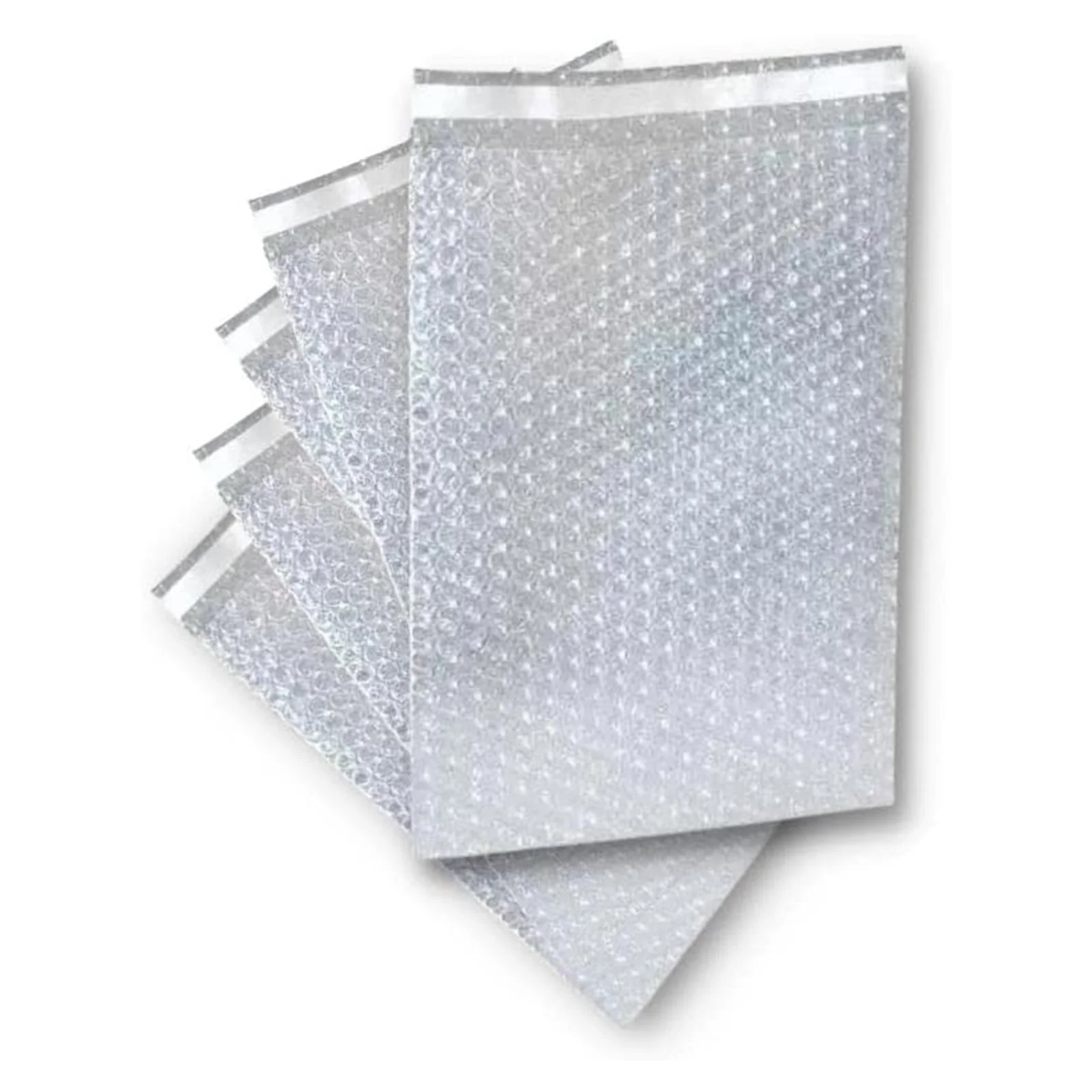In the world of packaging and shipping, bubble wrap bags and bubble wrap pouches are indispensable tools, offering protection and cushioning for delicate items. But have you ever wondered how these essential packaging materials are created? In this article, we'll unveil the intriguing process behind the production of bubble wrap bags and pouches.
The Genesis of Bubble Wrap
Before we delve into the manufacturing process, let's first understand what bubble wrap is and why it's so popular. Bubble wrap is a pliable plastic material with small air-filled bubbles evenly spaced on its surface. These bubbles act as a cushion, safeguarding fragile items during transit.
1. Raw Materials
The journey of creating bubble wrap bags and pouches begins with the selection of high-quality raw materials. Polyethylene, a type of plastic, is the primary component used in the production of bubble wrap. This material is chosen for its durability, flexibility, and ability to hold air within the bubbles.
2. Extrusion
The manufacturing process kicks off with an extrusion machine. Polyethylene pellets are melted and then extruded into a long sheet of plastic. This sheet serves as the base for the bubble wrap.
3. Bubble Formation
Here comes the iconic part - creating the bubbles. The extruded plastic sheet passes through a specialized machine that uses heat and pressure to create the distinctive air-filled bubbles. These bubbles are evenly spaced, ensuring uniform cushioning.
4. Sealing
To maintain the integrity of the bubbles, the plastic sheet is sealed with another layer of plastic. This forms a protective barrier, trapping the air within the bubbles.
5. Cutting and Shaping
The continuous sheet of bubble wrap is then cut and shaped into various sizes and formats, depending on the intended use. Some of it is destined to become bubble wrap bags, while others will be fashioned into bubble wrap pouches.
Crafting Bubble Wrap Bags
Bubble wrap bags are designed to encase individual items, providing a snug fit and cushioning against shocks and impacts.
1. Cutting to Size
The bubble wrap sheet is precisely cut into the dimensions suitable for the desired bag size. This ensures a snug fit for the item being packaged.
2. Sealing
The edges of the cut bubble wrap are sealed securely to form a protective envelope around the item. This sealing process ensures the bubbles retain their air, offering optimal protection.
3. Final Inspection
Before being dispatched to customers, each bubble wrap bag undergoes a thorough quality check to ensure it meets industry standards.
Crafting Bubble Wrap Pouches
Bubble wrap pouches, on the other hand, are versatile and adaptable for various items.
1. Cutting and Folding
Similar to bubble wrap bags, the bubble wrap sheet is cut into appropriate sizes. For pouches, the plastic is also folded to create a pocket-like structure.
2. Sealing and Closure
The edges of the bubble wrap are sealed to create an open-ended pouch. This design allows for easy insertion and removal of items.
3. Versatility
Bubble wrap pouches are available in a range of sizes and are used for various purposes, from protecting fragile electronics to providing cushioning for jewelry during shipping.
In conclusion, the creation of bubble wrap bags and pouches is a fascinating process that combines precision and innovation. The use of high-quality raw materials, coupled with advanced manufacturing techniques, ensures that these essential packaging materials serve their purpose effectively. From protecting fragile glassware to safeguarding sensitive electronics, bubble wrap bags and pouches play a crucial role in the world of shipping and packaging.




No comments yet